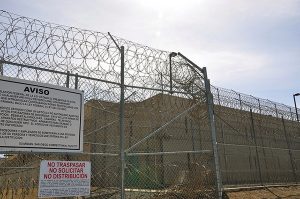Tag
surveillance
-
Tip sheet offers sources to debunk claims linking immigrants to infectious diseases
President Trump, along with immigration opponents, repeatedly assert that immigrants are bringing infectious diseases to the U.S., but never provide…

-
Understanding how to report on surveillance programs
Surveillance is the process or system for tracking cases of risk factors, medical conditions, disease cases, adverse events, etc. It…

-
Loss of local newspapers worries infectious disease trackers
In February 1918, a Haskell County, Kan., paper, the Santa Fe Monitor, reported almost a dozen people were “quite sick”…



